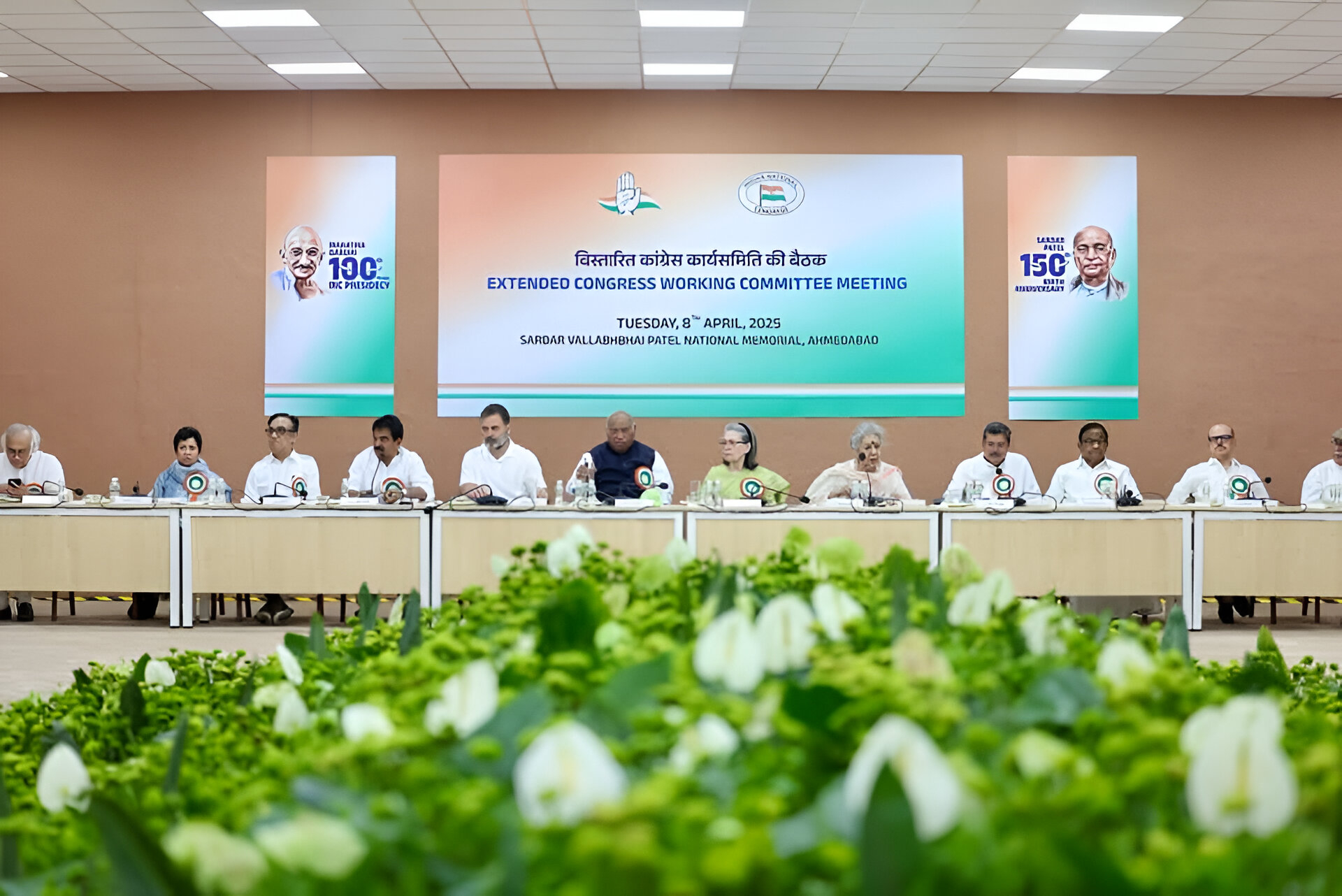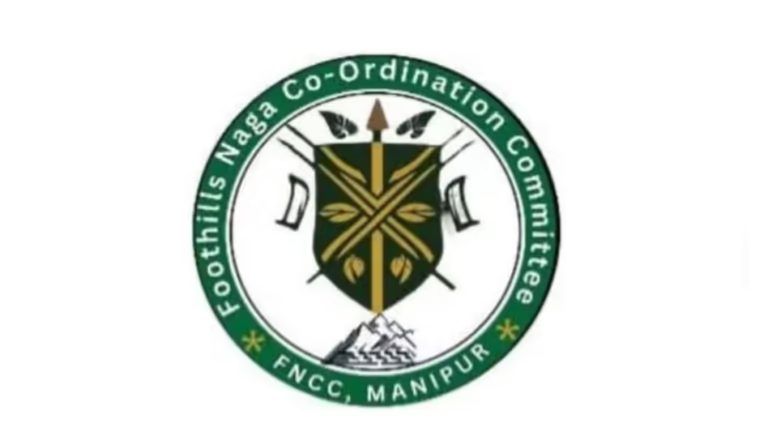Congress Criticizes BJP-Led Central Government Over Manipur Crisis at AICC Session in Ahmedabad
During the 84th All India Congress Committee (AICC) Session in Ahmedabad, the Indian National Congress strongly criticized the BJP-led Central Government for its prolonged inaction regarding the ongoing crisis in Manipur.
Summary of the Incident
At the recent AICC session themed “Nyaypath: Sankalp, Samarpan aur Sangharsh” (Path of Justice: Resolution, Dedication, and Struggle), Congress leaders, including President Mallikarjun Kharge and Rahul Gandhi, expressed deep concern over the deteriorating situation in Manipur, which has been in turmoil for nearly two years. Rahul Gandhi highlighted his multiple visits to the violence-hit state, contrasting them with Prime Minister Narendra Modi’s absence.
The Ongoing Crisis in Manipur: A Deep Dive
Manipur, a state in northeastern India, has been grappling with a complex web of ethnic tensions, political unrest, and violence since 2023. The situation has escalated over the past two years, leading to significant loss of life, displacement of communities, and a breakdown of law and order.
Historical Context of the Manipur Crisis
To understand the current turmoil, it’s essential to delve into Manipur’s history. The state is home to diverse ethnic groups, including the Meitei, Naga, Kuki, and others. Historically, these communities have coexisted, but underlying tensions have occasionally surfaced, leading to conflicts. The demand for autonomy, territorial disputes, and competition over resources have been longstanding issues.Northeast TodayWikipedia
Catalysts of the Recent Unrest
Several factors have contributed to the recent escalation:
- Ethnic Clashes: Disputes over land and political representation have intensified, leading to violent confrontations between communities.
- Government Policies: Decisions perceived as favoring one group over another have exacerbated feelings of marginalization and resentment.
- Armed Groups: The presence of various insurgent groups with differing agendas has added complexity to the situation, often resulting in violent incidents.
Congress’s Stance on the Crisis
The Indian National Congress has been vocal about its concerns regarding Manipur. During the AICC session, leaders emphasized the following points:Northeast Today
- Government Inaction: The Congress accused the BJP-led central government of remaining silent and inactive, allowing the situation to deteriorate.Northeast Today
- Lack of Engagement: Rahul Gandhi highlighted his three visits to Manipur since the onset of the crisis, contrasting them with the Prime Minister’s absence, suggesting a lack of concern from the highest levels of government.
- Call for Immediate Intervention: The party demanded swift and decisive action to restore peace and normalcy in the state.
The Humanitarian Impact
The prolonged unrest has had devastating effects on the civilian population:
- Displacement: Thousands have been forced to flee their homes, seeking refuge in safer areas or neighboring states.
- Casualties: Numerous lives have been lost, including those of women and children, in the crossfire of ethnic clashes and insurgent activities.
- Economic Disruption: The instability has crippled local economies, with businesses shutting down and agricultural activities coming to a halt.
The Role of the Armed Forces (Special Powers) Act (AFSPA)
A significant point of contention has been the extension of AFSPA in Manipur. This act grants special powers to the armed forces in “disturbed areas,” leading to allegations of human rights violations. Student bodies and civil society organizations have vehemently opposed its continuation, warning of potential public uprisings. Northeast Today
Political Reactions and Criticisms
The crisis has elicited varied responses from political entities:Northeast Today+1Northeast Today+1
- Opposition’s Critique: Parties like the Congress have criticized the central government’s handling of the situation, calling for accountability and immediate action.
- BJP’s Defense: The ruling party has defended its stance, attributing the unrest to historical issues and emphasizing its efforts to restore order.
The Path Forward: Potential Solutions
Addressing the Manipur crisis requires a multi-faceted approach:
- Dialogue: Engaging all stakeholders, including ethnic groups, political parties, and civil society, in open discussions to address grievances and find common ground.
- Policy Revisions: Reassessing and amending policies that may have contributed to the unrest, ensuring they are inclusive and equitable.
- Development Initiatives: Investing in infrastructure, education, and healthcare to uplift marginalized communities and reduce economic disparities.
- Security Measures: Implementing strategies that prioritize the safety of civilians while respecting human rights, possibly by reviewing the application of laws like AFSPA.Northeast Today
The Broader Implications
The situation in Manipur is not just a regional concern but has national and international ramifications:
- National Security: Prolonged unrest can destabilize the northeastern region, impacting India’s overall security landscape.
- International Image: The global community is observing India’s handling of internal conflicts, which can influence diplomatic relations and foreign policy.
Conclusion
The crisis in Manipur underscores the complexities of India’s diverse socio-political fabric. While historical grievances and ethnic tensions have played a role, the current situation demands immediate attention and action from all stakeholders. The central government’s response, or lack thereof, has been a focal point of criticism, especially from opposition parties like the Congress. Moving forward, a holistic approach that combines dialogue, policy reforms, development, and security measures is essential to restore peace and ensure the well-being of Manipur’s residents.
FAQs
- What prompted the Congress to criticize the BJP-led Centre over Manipur?
- The Congress criticized the Centre for what they described as mishandling and neglecting the long-standing issues in Manipur. They believe that the crisis is a result of historical, socio-economic, and cultural challenges that have not been adequately addressed.
- How has the crisis in Manipur affected the local population?
- The crisis has deepened feelings of neglect and frustration among the locals, exacerbating issues of economic disparity and ethnic tensions. Many residents feel that their unique challenges have been overlooked by central policies.
- What are the long-term implications of this political debate on national governance?
- The debate underscores the need for more inclusive, localized governance. It may prompt policy reforms that focus on regional development and could influence future electoral dynamics by highlighting the importance of addressing the unique challenges of each state.
- How can effective crisis management be achieved in complex regions like Manipur?
- Effective management requires a balanced approach that combines immediate security measures with long-term policy reforms. Engaging local communities, understanding the ethnic and cultural nuances, and decentralizing decision-making are key steps towards a sustainable solution.
- What role do national media and social platforms play in shaping the narrative of the Manipur crisis?
- Media and social platforms are crucial in disseminating information and galvanizing public opinion. While they help raise awareness about the issues, they also require careful scrutiny to avoid sensationalism and misinformation.





